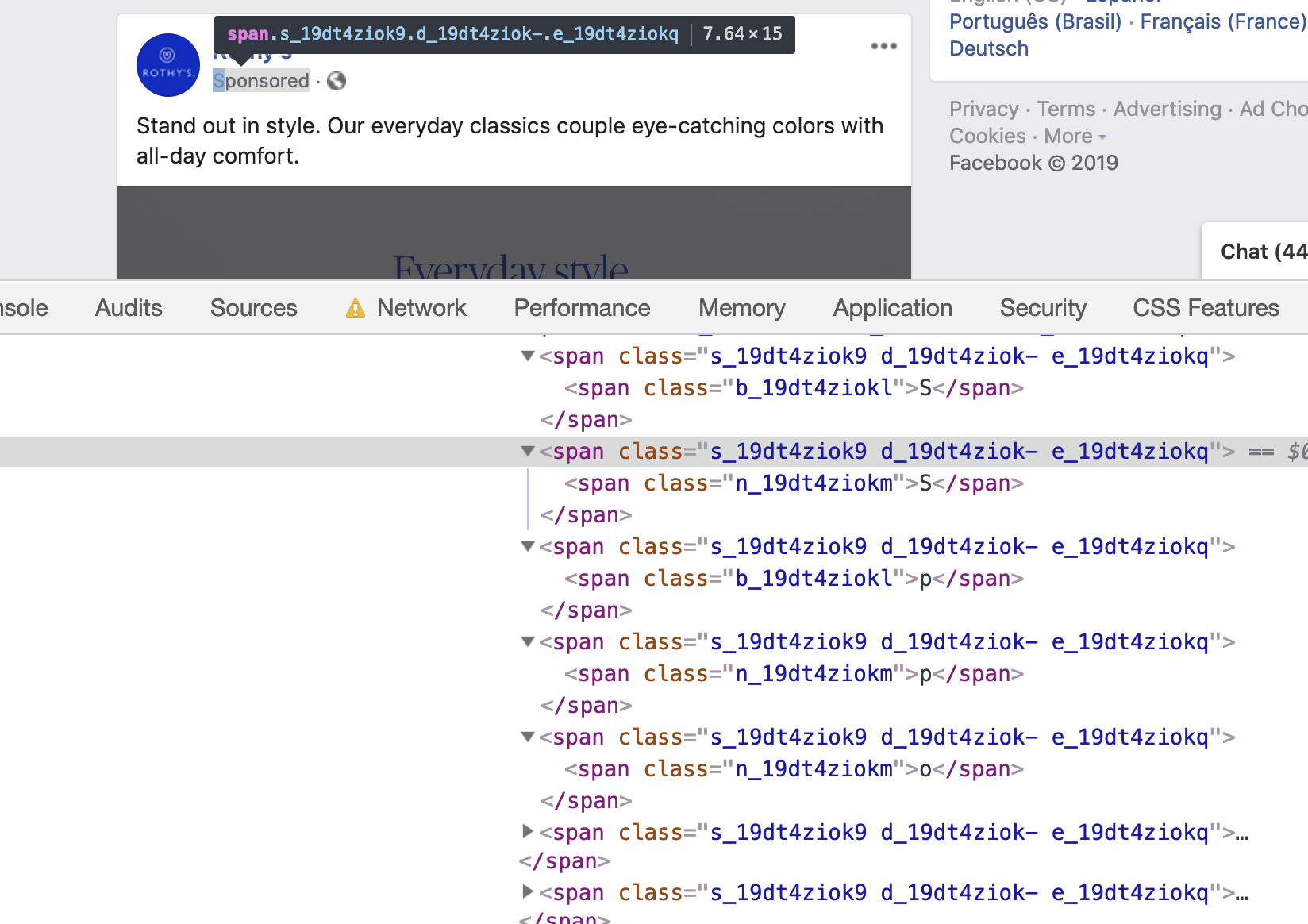Smooth scrolling has gotten a lot easier. If you want it all the time on your page, and you are happy letting the browser deal with the duration for you, it's a single line of CSS:
html {
scroll-behavior: smooth;
}I tried this on version 17 of this site, and it was the second most-hated thing, aside from the beefy scrollbar. I haven't changed the scrollbar. I like it. I'm a big user of scrollbars and making it beefy is extra usable for me and the custom styling is just fun. But I did revert to no smooth scrolling.
As Šime Vidas pointed to in Web Platform News, Wikipedia also tried smooth scrolling:
The recent design for moved paragraphs in mobile diffs called for an animated scroll when clicking from one instance of the paragraph in question to the other. The purpose of this animation is to help the user stay oriented in terms of where the paragraph got moved to.
We initially thought this behavior would benefit Minerva in general (e.g. when using the table of contents to navigate to a page section it would be awesome to animate the scroll), but after trying it out decided to scope this change just to the mobile diffs view for now
I can see not being able to adjust timing being a downside, but that wasn't what made me ditch smooth scrolling. The thing that seemed to frustrate a ton of people was on-page search. It's one thing to click a link and get zoomed to some header (that feels sorta good) but it's another when you're trying to quickly pop through matches when you do a Find on the page. People found the scrolling between matches slow and frustrating. I agreed.
Surprisingly, even the JavaScript variant of smooth scrolling...
document.querySelector('.hello').scrollIntoView({
behavior: 'smooth'
});...has no ability to adjust timing. Nor is there a reliable way to detect if the page is actively being searched in order to make UX changes, like turning off smooth scrolling.
Perhaps the largest downside of smooth scrolling is the potential to mismanage focus. Scrolling to an element in JavaScript is fine, so long as you almost move focus to where you are scrolling. Heather Migliorisi covers that in detail here.
The post Downsides of Smooth Scrolling appeared first on CSS-Tricks.



